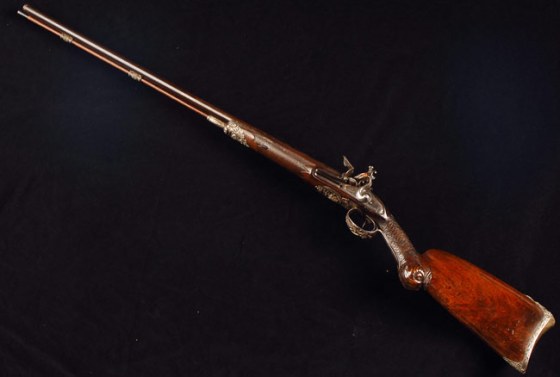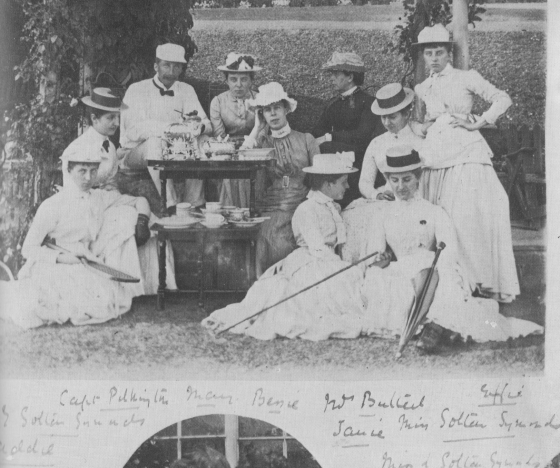Looking through an album of old photographs the other day we came across this entertaining Victorian group.
Effie, on the right, has either just lost at racquets or merely resents her sister Mary’s engagement to Captain Pilkington (together, back left). Mrs Bulteel, the photographer’s mother, isn’t too sure of Captain Pilkington herself; either that, or she flatters herself she looks best in profile. At the centre of the group sits Bessie, powerful and relaxed, wearing a floppy hat.
Look more closely. Unfazed by the towering emotions playing out around her, Bessie seems to be chatting to someone on her mobile phone.
Nothing breaks the mood like a duff note – a glaring anachronism, a remark made in inappropriate slang, or the moment when a character’s eyes change mysteriously from blue to brown. On the other hand, it’s important not to get too bogged down in verifying details when you’re writing. After all, it’s the story that counts, isn’t it?
Copy editing – which we’re doing now with The Baklava Club, Yashim’s fifth Istanbul adventure – is the time to address those niggles. Is the name of the street spelled correctly? Do baby artichokes really come into market before the asparagus? And the guns – are they alright?

A fowling piece by the celebrated French gun-maker, Nicholas-Noël Boutet (1761-1833). It was allegedly plundered from the baggage train of Joseph Buonaparte, King of Spain, following Wellington’s victory and rout of the French during the Peninsular War at Vittoria on 21 June 1813.
The guns in question are a pair of fowling pieces belonging to Count Palewski, Polish ambassador in Istanbul, and Yashim’s friend. They were made in the early years of the nineteenth century by the Parisian gunsmith Boutet: exceptionally light and very beautiful. For this, and related detail, I consulted the Royal Armouries Museum, and my thanks are due to Mark Murray-Flutter who not only provided me with gunnery jargon but ultimately re-wrote a few sentences of The Baklava Club himself.

